If you plan to adventure in bear country it’s vital that you know proper bear safety guidelines. Bears are not something to be feared, but they should most definitely be respected and prepared for. I have come across many bears on the trail and not once have I experienced any form of aggression, in fact I remember these encounters fondly!
In this blog post you will gain knowledge on how to appropriately act in bear country, including hiking and camping in bear territory. The aim is for your next adventure in bear country to be safe and worry free. Just jump into it! 🐻
Disclaimer: This blog post may feature some affiliate links, which means I get a small commission if you make a purchase (at no extra cost to you). It’s one of the ways I can keep producing free guides and resources for my readers. Learn more about my affiliate policy here. Thank you for the support!
Bear Safety when Hiking and Camping
Before we jump into it, I do want to say that I am not a bear expert. This blog post contains information that I have learned throughout the years and is backed up by others on the internet. I have included links to more information and resources and I encourage you to do your own research beyond this blog post.
When should you follow bear safety?
Different subspecies of bears can be found all over the world, but in this blog post I will be focusing my bear safety tips on the american black bear, grizzly bear, and brown bear.
Black bears are the most common species of bear in North America, and can be found across many states in the US and much of Canada. Grizzly bears are most commonly found in northern states of the US (Alaska, Montana, and Wyoming), while brown bears only inhabit Alaska and northern coastal regions of Canada.
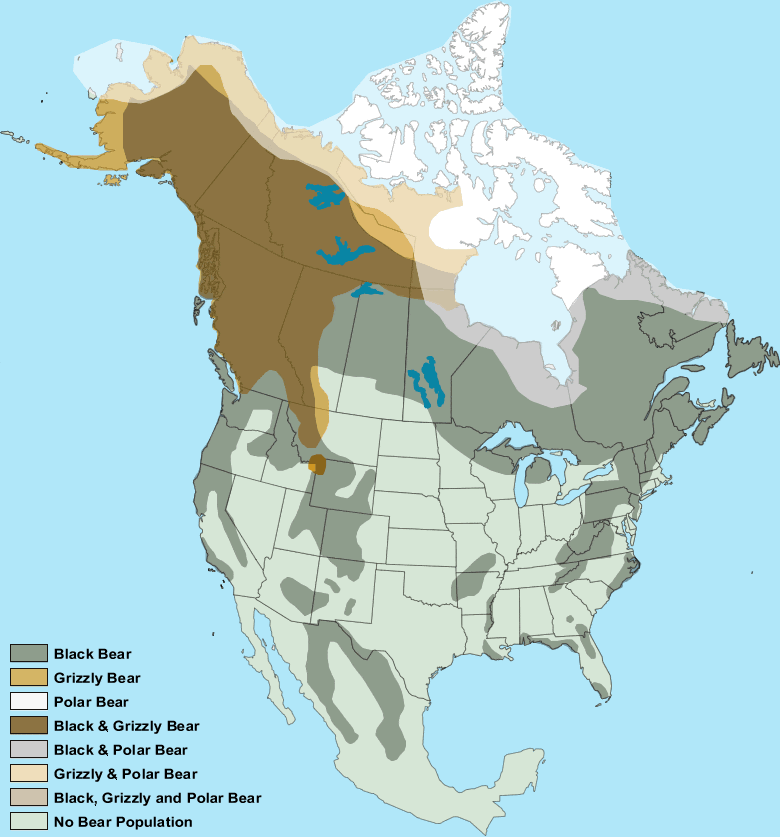
You should be following bear safety advice in any areas that are home to bears, though you can cater your precautions depending on the type of bear and prevalence. For example, I don’t take as many precautions when hiking in Washington State versus in Montana given difference in Grizzly bear population.
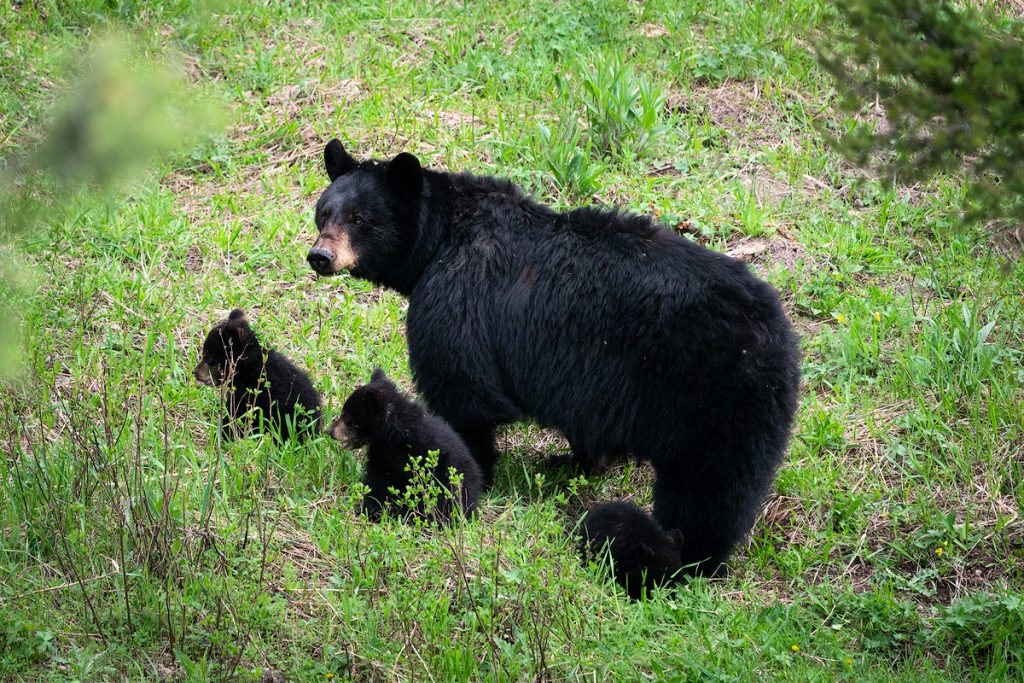
What is the difference between a black, grizzly, and brown bear?
There are many things that differentiate the black, grizzly, and brown bear. Black bear are the most common and least aggressive. These are the kind of bear that most lower 48 hikers are most likely to encounter on their adventures.
The grizzly bear and brown bear are actually the same species, but different in that grizzly bears live inland and do not have access to a marine based diet, whereas the brown bear feeds mostly on fish but also berries and other animals. For the sake of simplicity and due to them being mostly identical, I will be referring to grizzly and brown bear jointly for the rest of this blog post.
Many physical features distinguish the black and brown/grizzly bear, and you might be surprised to learn that color is NOT the most obvious one. Black bears can actually also be brown in color, and brown/grizzly bears can get very dark to the point they might be confused for a black bear.
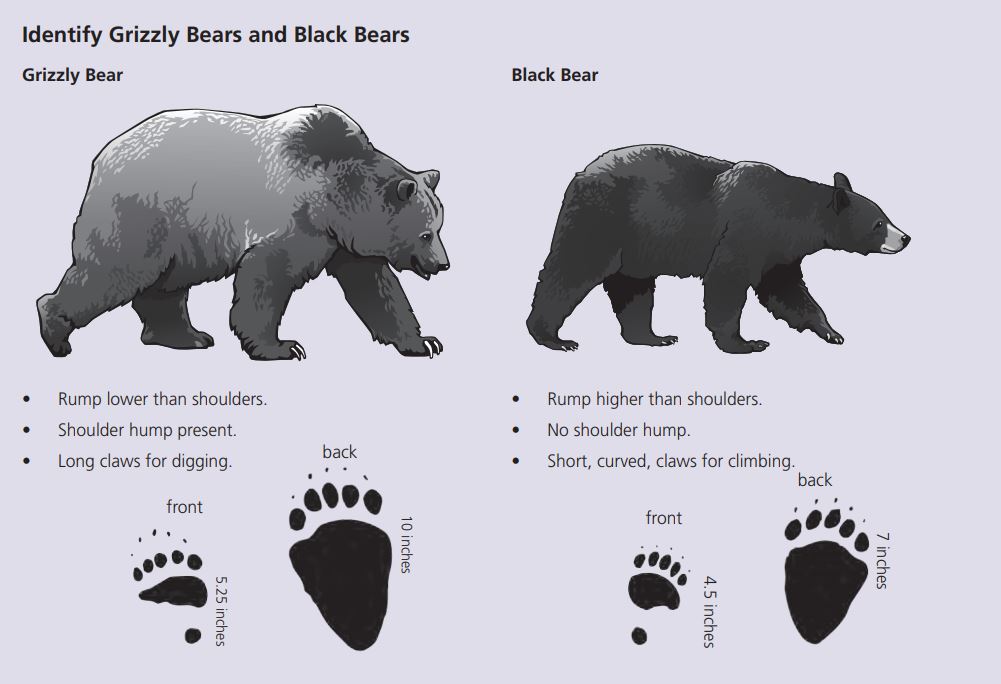
The most obvious way to tell the two apart is that the brown/grizzly bear have a pronounced shoulder hump which the black bear lacks. Another semi-reliable way to tell the two apart is that brown/grizzly bears also tend to have smaller, more rounded ears whereas the black bears are typically longer and have a more oval shaped. Other less obvious differences include claws, facial profile and size.
I would also recommend reading this article by the National Park Service that goes into more detail on identifying bear species.
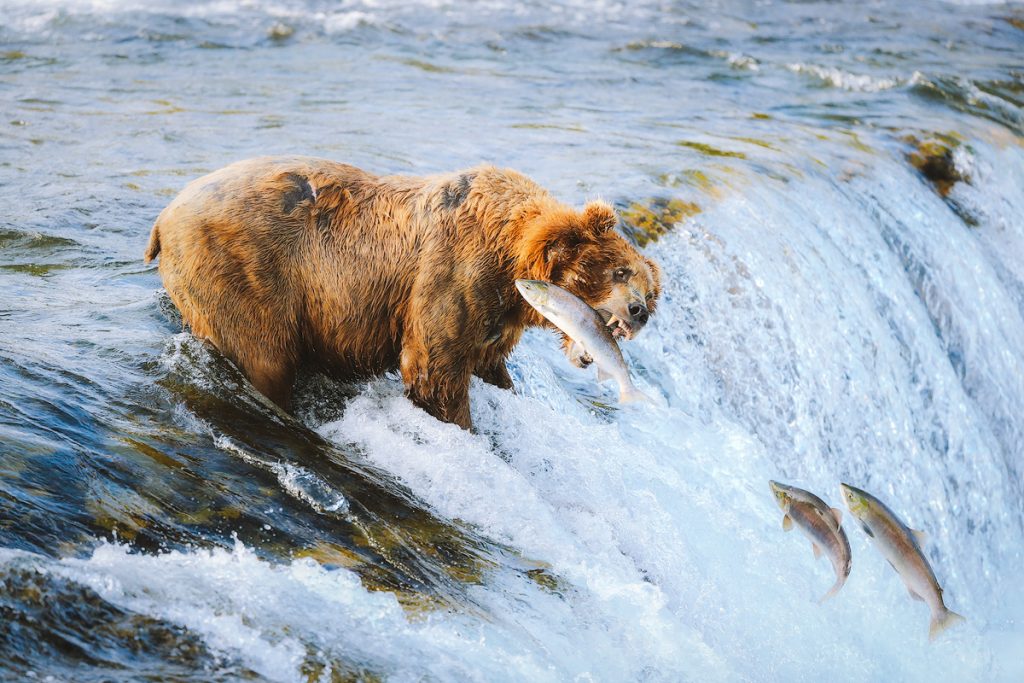
When are bears most active?
Bears are typically most active spring-fall. The black, brown and grizzly bear all go into hibernation over the winter, though the length of time depends on their location (typically bears in colder climates will hibernate longer).
Bear aggression tends to be heightened right after and right before hibernation when they are at their most hungry, so extra bear safety caution during these times is a good idea!
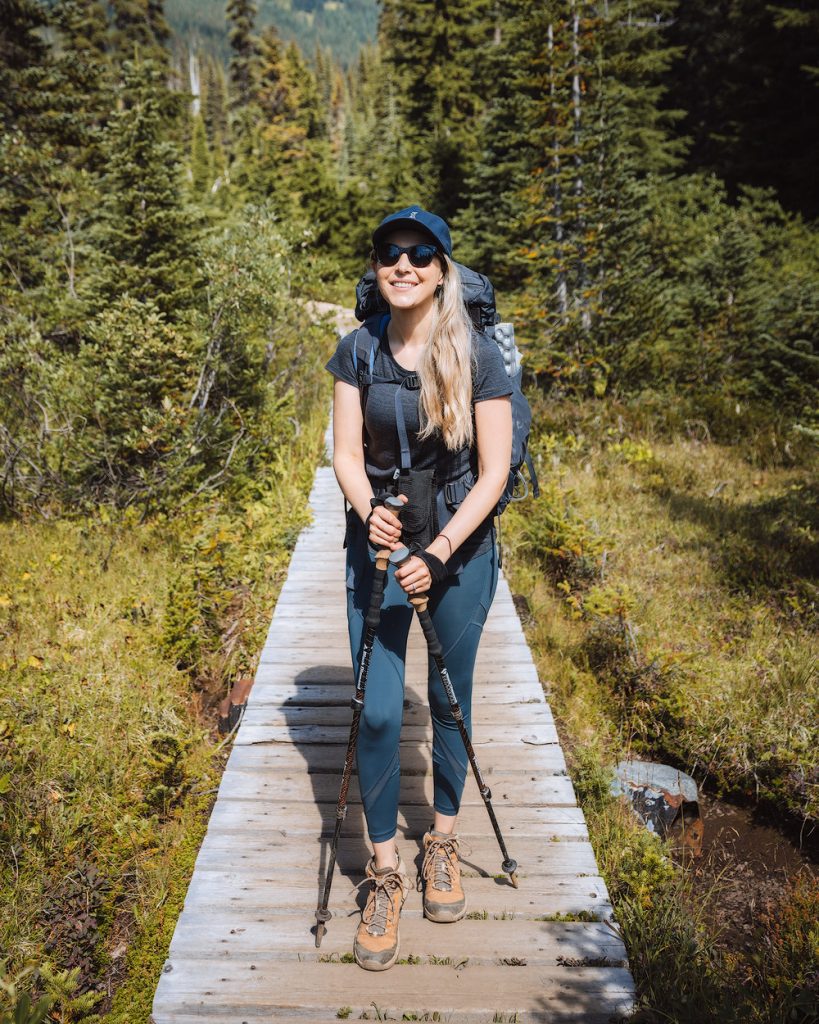
Tips for hiking in bear country
Over the years I have learned various bear safety tips for hiking and overall that has helped me be more confidence hiking in bear country.
The most important thing to remember is nearly all bears are going to run away from you when they see you, or completely ignore you… so don’t let the fear of them ruin your adventure! Most bear attacks happen when a bear is frightened, surprised, or protecting their young. For this reason the best thing to do is make sure you don’t run into bears in the first place.
New to hiking? Be sure to check out my Beginners Guide to Hiking.
Hike in groups
Being in a group of three or more people is best for hiking in bear country. Having more people will mean you’re less likely to surprise a bear and thus decrease the chance of being attacked.
Small groups generally make more noise and bears will be more likely to hear, smell and see you coming (giving them a chance to run away before you get there!) In saying that, be sure to keep your wits about you. Stay alert to your surroundings and stick together. Don’t presume that just because you’re in a group that you can’t have a dangerous bear encounter.
Families – do not let children run ahead or lag on the trail when hiking in bear country. Stay together and stay safe.
Trail runners – it is highly advised to avoid trail running in bear country given the increased chance of surprising a bear and provoking an attack.
Make noise when hiking
Another key thing you can do to avoid a bear encounter is to make noise. If a bear hears you coming you are less likely to surprise it and therefore less likely to be attacked.
In grizzly bear territory I usually let out a loud “heeeyooo” every minute or so. It is common for people to yell “hey bear” instead, but I was told by a ranger that it’s best not to use the word bear in your bear call. This can cause confusion in the case you actually do come across a bear.
For example, when I was hiking in Gates of the Arctic National Park in Alaska we did run into a very large grizzly bear. My guide had asked us to refrain from yelling “hey bear” during our hike so that when we did in fact come across a bear she would have a clear way of alerting our group. When we come out of a clearing to find a grizzly bear by the creek she very quickly said “bear bear bear!” to our group and we were able to instantly prepare ourselves to respond appropriately. Phew!
It is best to adjust how often you are making noise depending on the environment you are in.
In wide open spaces where you can see long way you won’t need to do it as much. On a dense, brushy trail with lots of corners you should do it more often.
Another situation where you want to be more vocal is when hiking beside a river or creek. This is because a bear is less likely to hear you coming. Some people choose to use bear bells, but I’ve had rangers tell me these aren’t nearly as effective as using your voice.
I personally never round a corner in bear territory without making noise and will significantly increase my volume if there is running water nearby. Do whatever suits your environment but remember to never be embarrassed to make noise in bear country. Staying safe is more important than a hiker judging your bear call haha.
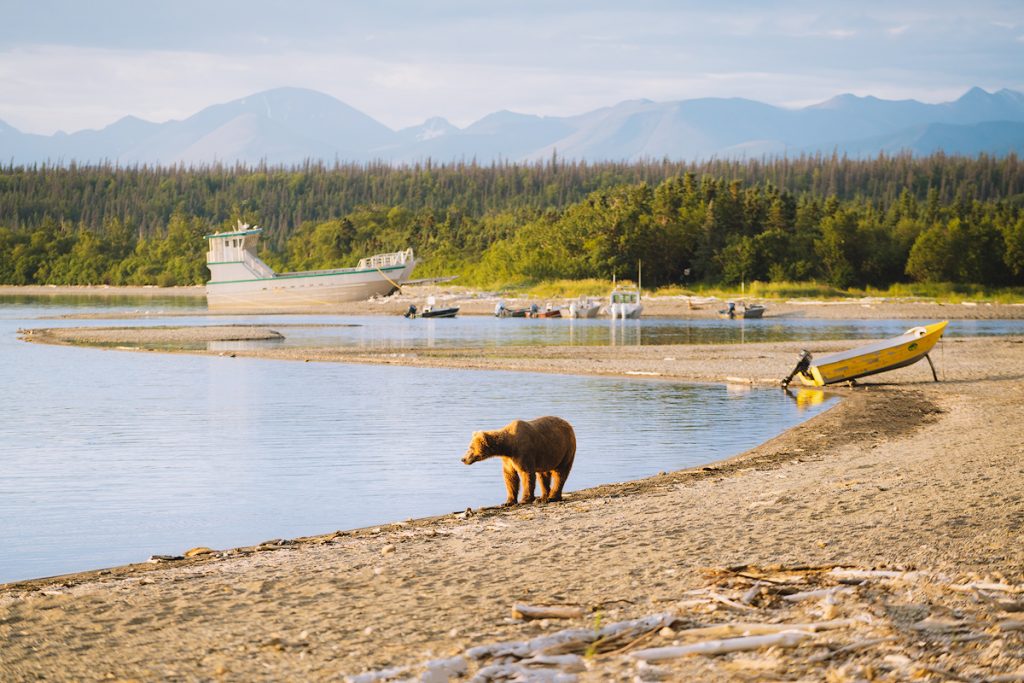
Avoid hiking at dusk or dawn
It is best to avoid hiking at dawn or dusk when you are in bear country. This is because bears are most active during these times. If you are looking to undertake a sunrise or sunset hike then I would suggest being extra cautious and hiking in a small group (especially in grizzy/brown bear territory!)
Be alert
When hiking in bear country it’s important to always have your wits about you. Here are some things to pay attention to:
- Look out for carcasses, especially fresh ones. Predators often return to these more than once and you don’t want an annoyed bear thinking you are trying to steal its food.
- Keep an eye out for fresh bear scat on the trail. If you do see fresh scats then only proceed with extra caution, and you may want to consider turning back. This is a handy article on how to identify bear scat.
- Be on the lookout for bear prints and other signs of bear activity (claw marks on trees, scratches etc.) Learn more about how they may appear by reading this article.
Carry bear spray
Another key thing to do when hiking in bear country is to carry bear spray. This is a last resort bear safety measure in case of severe aggression from a bear, and it could save your life.
It’s important to know how to use the spray before taking it out with you, so please take the time to read the instructions and practice removing the cap at home. The last thing you want to do is spray yourself in the face with it haha! This is a handy video by the National Park Service on how to use bear spray.
Another step to remember is accessing your bear spray. There is no point carrying it if you cannot reach it within seconds. I recommend having bear spray easily accessible on a hip holster or somewhere else you can grab in a split second (and without the help of anyone else).
Please also read up on the local regulations of the area you will be hiking before bringing bear spray. Some states/areas do not allow it, including California.
This is the bear spray and holster I own and it is an EPA certified option:
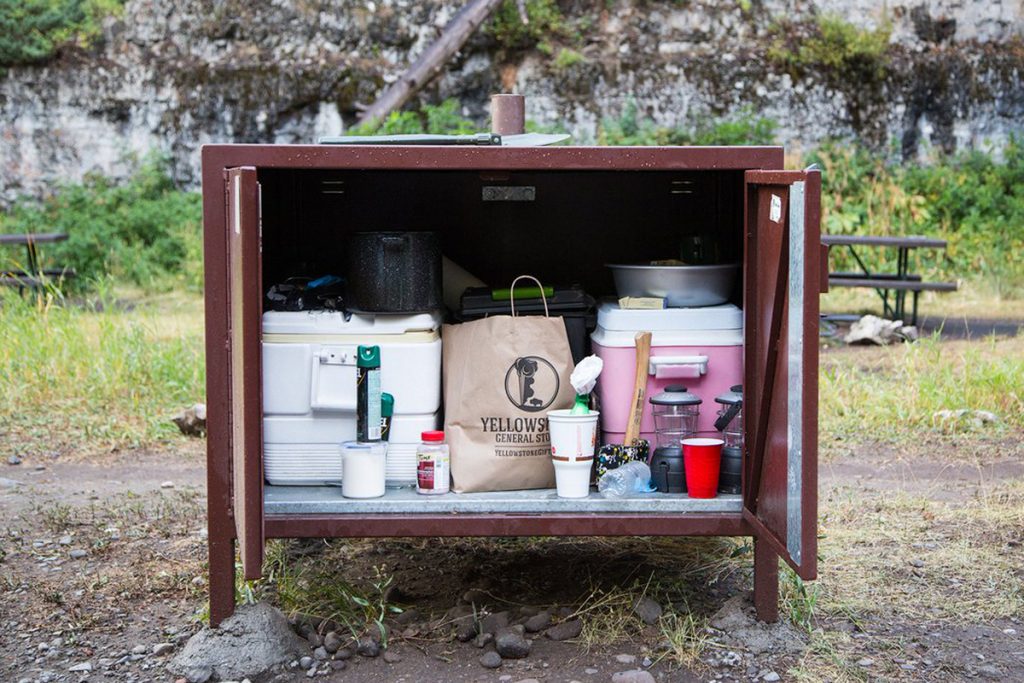
Safety tips for camping in bear country
There are a few bear safety tips you must consider when camping in bear territory. Firstly, be sure to follow all the steps outlined in the previous section about hiking in bear country. Then in addition to that you will want to read up on food storage and setting up your campsite, which I will go into below.
Food storage for bear safety
It is imperative that you store all food and scented items in a bear safe manner. Scented items are inclusive of: all food, drinks other than water, trash toothpaste, deodorant, lip balm, feminine hygiene products, sunscreen, insect repellent, makeup, first aid kits etc.
This means whenever you are not with your scented items they need to be stored in an approved bear canister, Ursack, tree-hanging system, or a provided bear-proof locker (often available at established campgrounds).
When in the backcountry and there is no bear-proof storage locker supplied, I find a bear canister to be the easiest solution as you just put everything inside and store it a safe distance away from your camp (about 100 yards/meters). I will discuss the pros and cons of each options below.
Bear canister
Bear canisters are the easiest to find, most effective, and most accepted form of food storage in the backcountry. The downside is that they are bulky, heavy, and can be hard to fit in your backpack at times. My husband and I typically use a BearVault BV450 or BV500 when backcountry camping in bear territory.
Ursack
Ursacks are popular in some areas of the world, particularly for people who like to backpacking with minimal weight. These bags are made with tear and puncture-resistant fabrics that protect your food from bears and critters. The only downside is that Ursacks aren’t yet approved by all park services. In doing research for this blog post I realized that they are now approved for the two national parks I visit most frequently: Mount Rainier and North Cascades, so I will likely be switching to this method in the near future. This map shows where they are and aren’t approved.
Hanging bear bag
The third option for backcountry camping in bear country is to hang your food and scented items in a tree. This has to be be done in a very specific way to be safe and approved – more details in this video. The upside to this method is that it’s very lightweight but the downsides are that it can be challenging to find the right kind of tree in certain environments (e.g. high alpine), it can be less effective then other methods, and it can definitely be hard to pull off every time. I have personally had success with this method but I have also had some mess-ups, so use it with caution!
For a hanging bear bag you will need a waterproof stuff sack/bag (with a drawstring cord), 50 feet of nylon cord/rope, a throw bag, a locking carabiner, and a twig. This blog post shows the required materials and steps. I own the Mountain Laurel Designs Pro Bear Bag System, but there are many options out there.
Note that some backcountry camping areas will have designated bear hanging systems, like seen in the image below from Garibaldi Provincial Park in Canada. Be sure to research ahead of time to see if the area you are traveling to has pre-existing options.
Whatever method you choose, be sure to store your food a decent distance from your tent. I will get into the specifics in the next section.
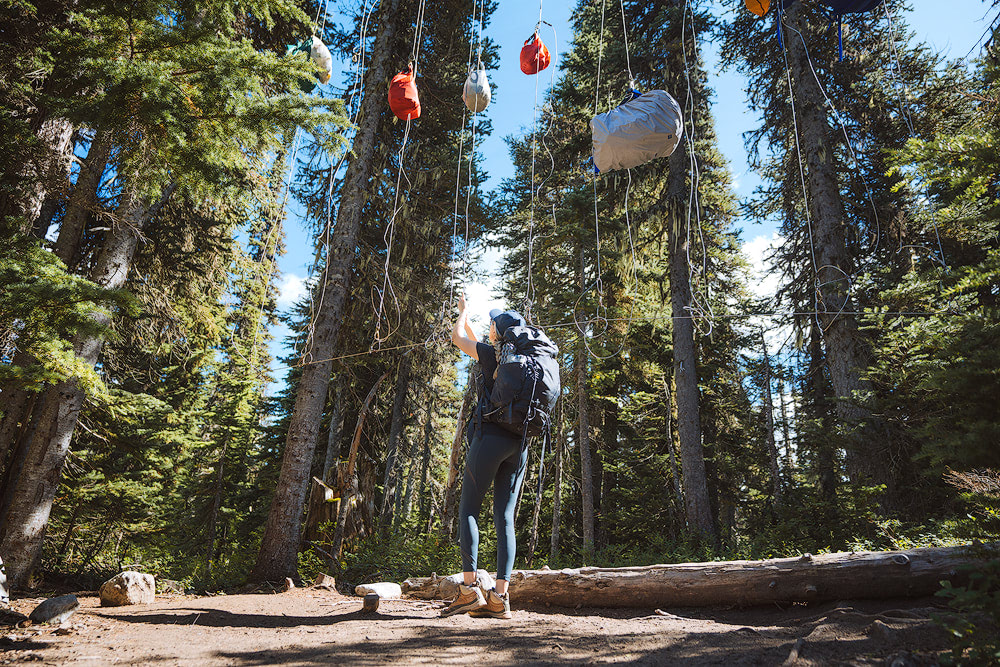
Camp set-up for bear safety
It’s important that you keep strong odors away from your campsite when camping in bear country. This means cooking about 100 yards/meters downwind from camp. It is best practice to place your camp, cooking area, and food storage area 100 yards away from each other. You can make a triangle shape like in the illustration below.
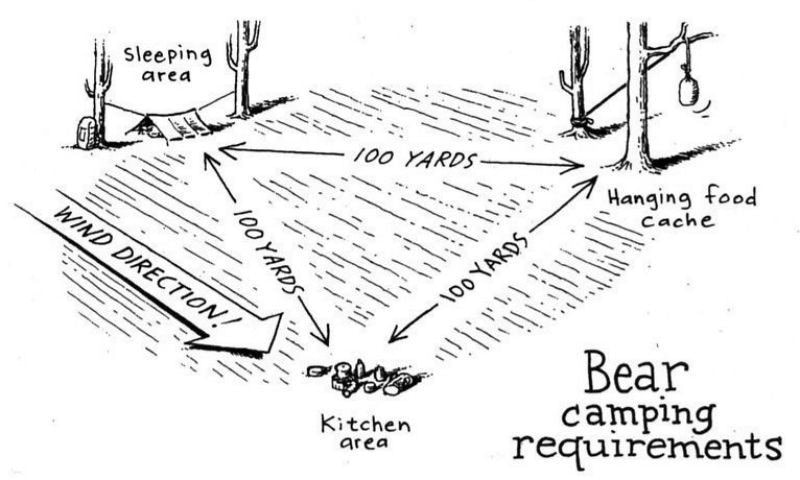
In heavily populated bear areas (e.g. Alaska) it can also be a good idea to store clothes you cook in away from camp. These can also go in your bear storage canister/bag.
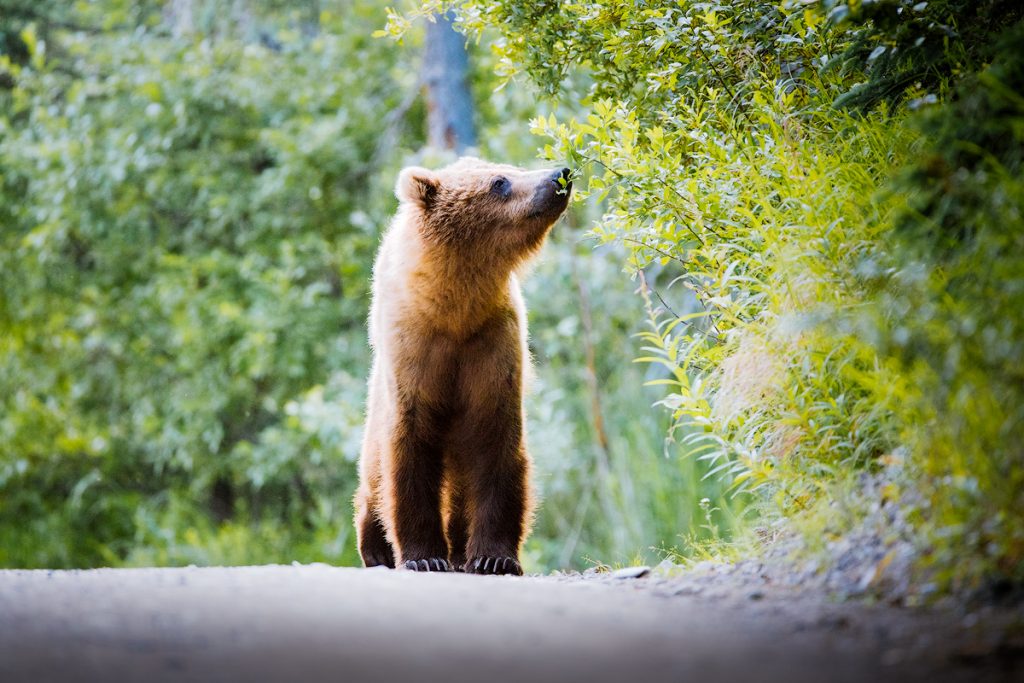
What to do if you encounter a bear?
The truth is, bears are wild animals and there’s no fool-proof guide to knowing exactly how a bear will react. But there are a few things that have been proven to help minimize the chance of a bad encounter.
One bear safety tip experts agree on – stay facing the bear and back away slowly while talking to it in a calm voice. Walk, DO NOT run (this can trigger their chase instincts), and keep your eyes on the bear. Most of the time the bear will ignore you and carry on its way.
Suggested reading: How To Respond if a Bear Shoes Curiosity or Aggression.
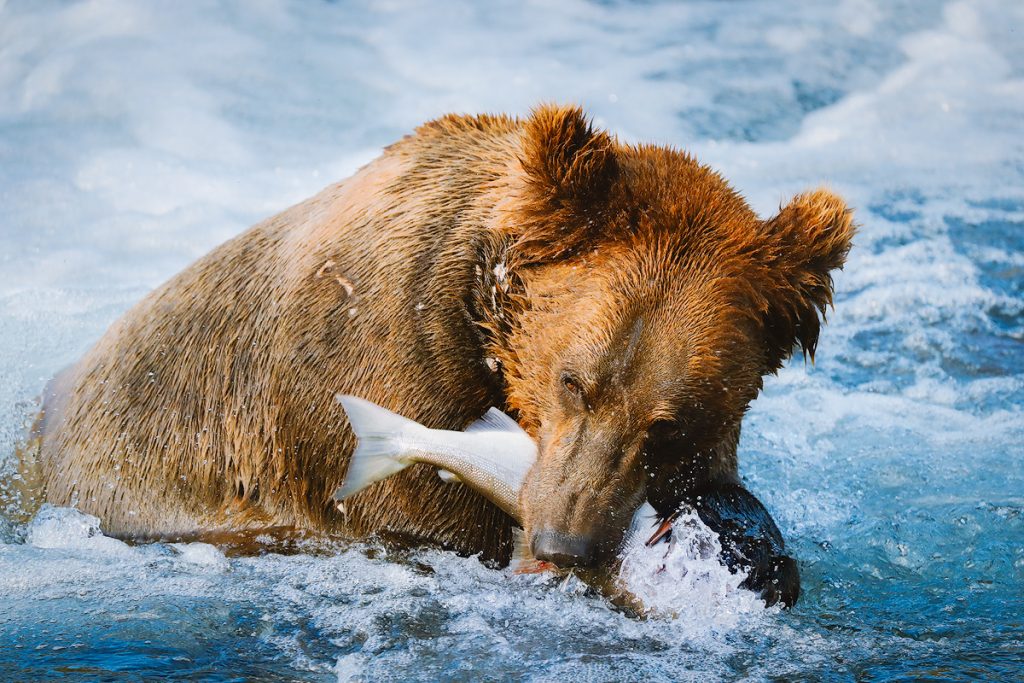
What to do if attacked by a bear?
Bears attacks are extremely rare, but it’s important to be prepared for the rare circumstance it can happen. It may just save your life! The way to react to a bear attack differs depending on if it’s a black bear or a grizzly/brown bear. See more information below:
Black bear attack
If you are attacked by a black bear, use bear spray as your first line of defense. In the case this fails, stand your ground.
Make yourself look large, hold your hands up high and shout at the bear. Bears often bluff charge as a way to scare off potential threats. If you stand your ground and appear large they may back off. If they don’t, fight back.
Use whatever you have at your disposal, rocks, sticks, fists, etc and aim for the snout and eyes. If the bear sees you are willing to fight for your life it may retreat.
Grizzly/brown bear attack
Like a black bear, bear spray should be your first line of defense for grizzly/brown bear attacks. If this fails, DO NOT run! That will trigger them to chase and they are a lot faster than you are.
Keep in mind that if you don’t have a pack, drop to the ground in the fetal position. Cover the back of your neck with your arms and then play dead. If you do have a pack, leave it on and lie flat on the ground face down covering your neck and play dead.
It’s said that if the grizzly thinks you are dead, it’s more likely to feel the threat is over and stop attacking. Wait till you think the bear has left the area until you get up and seek assistance.
I hope you found this article on bear safety to be helpful! As always, be sure to educate yourself before heading out hiking or camping. This is a starting place for your education on bear safety and not a be-all-end-all resource. Stay safe out there and have fun!
PIN to refer to later!

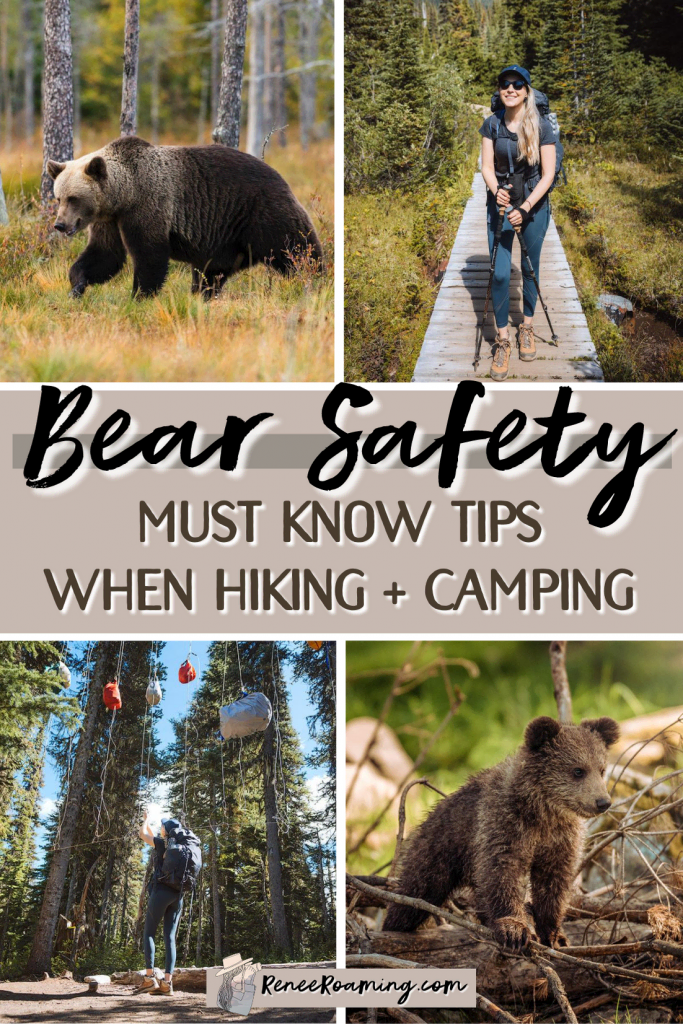
Disclaimer: This post does contain some affiliate links, which means if you buy something my blog will receive a small commission at no extra cost to you. All images in this blog post are owned by Renee and Matthew Hahnel, unless otherwise stated. The cover image is a stock photo by Zdeněk Macháček.
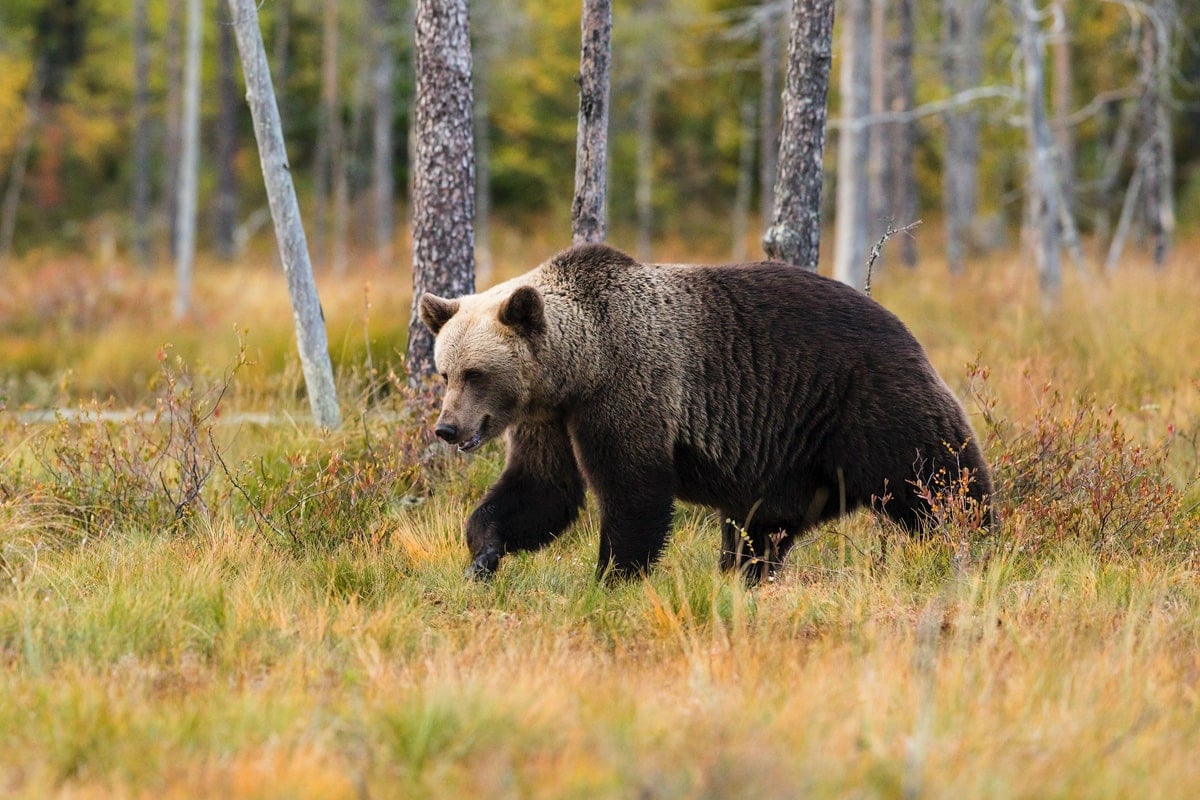
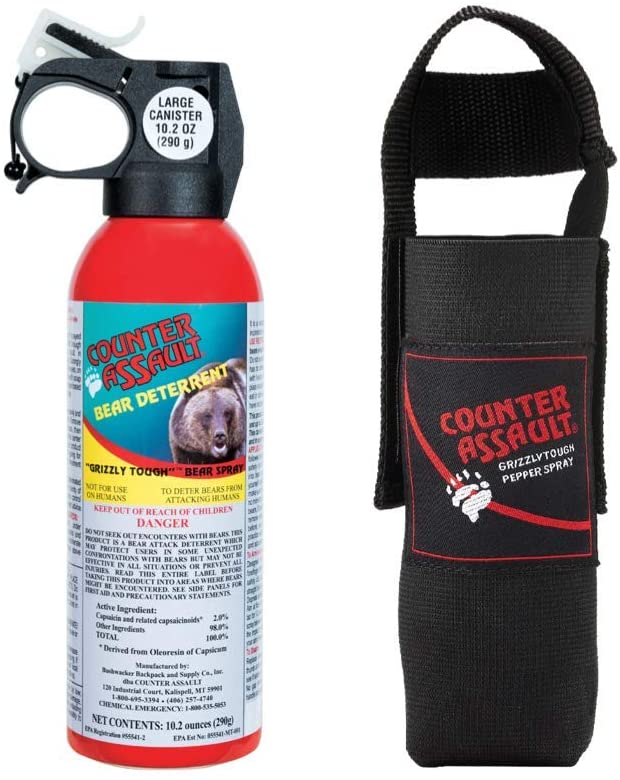
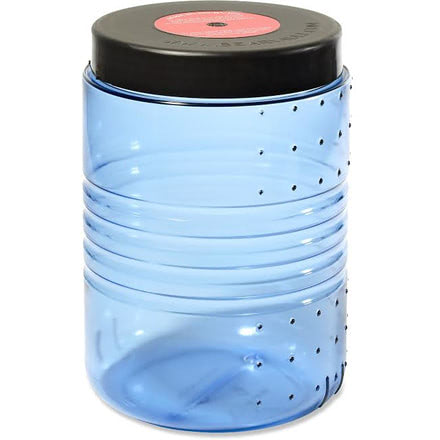
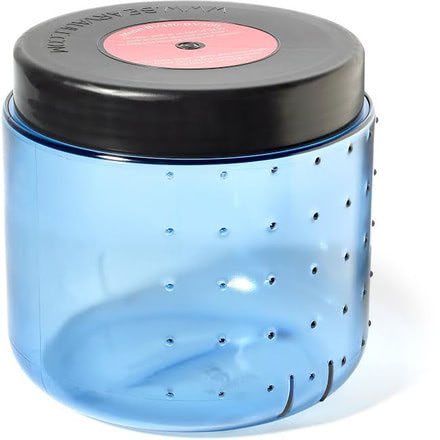
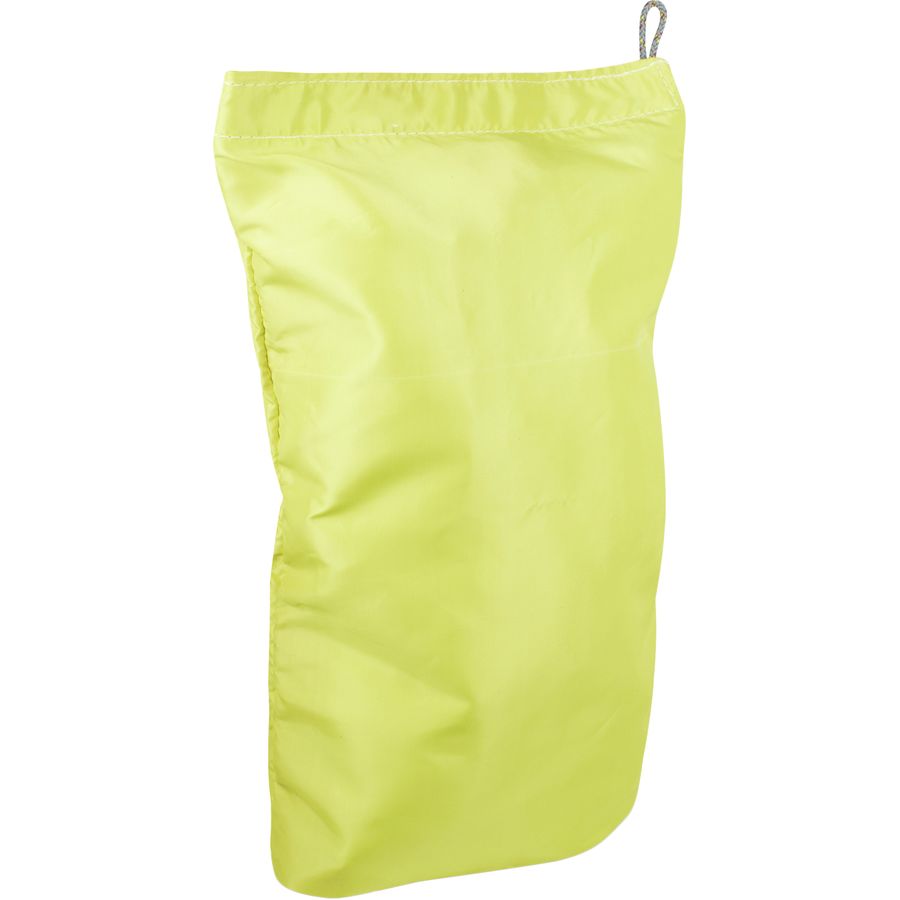
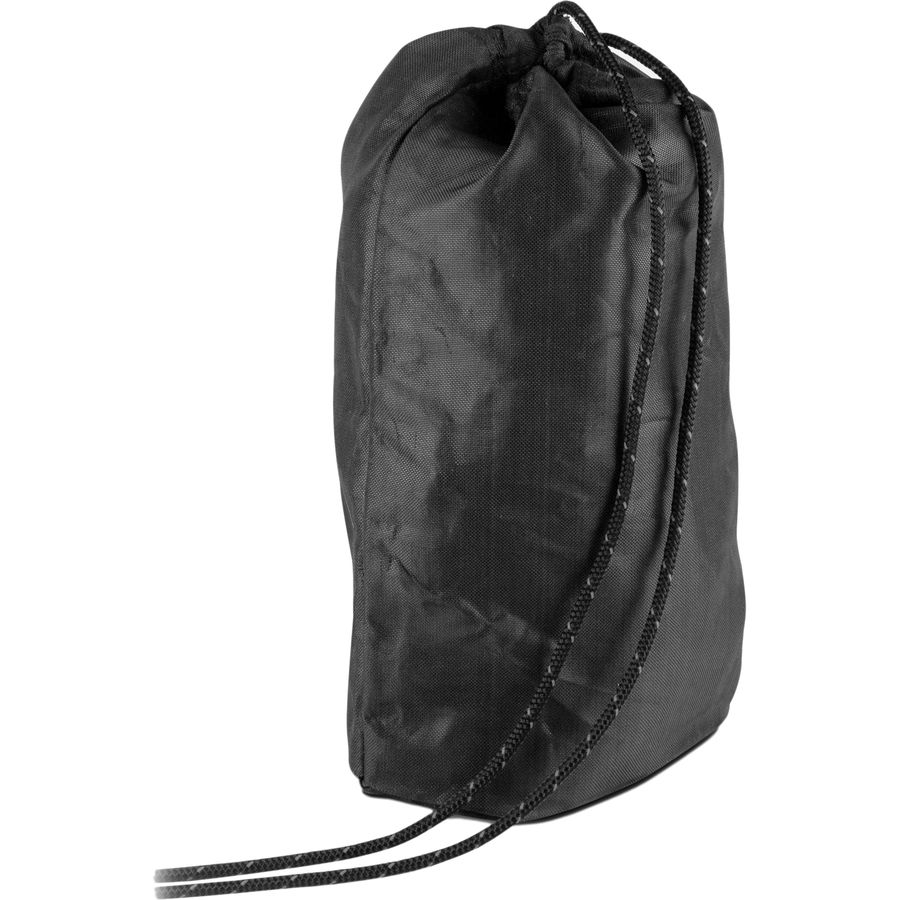
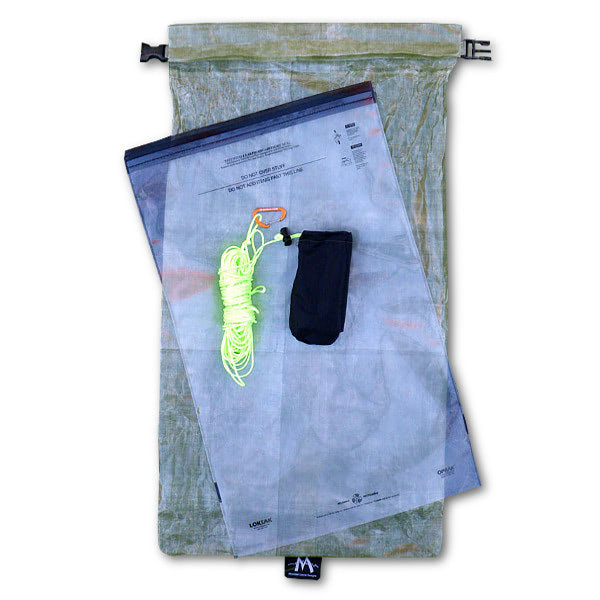
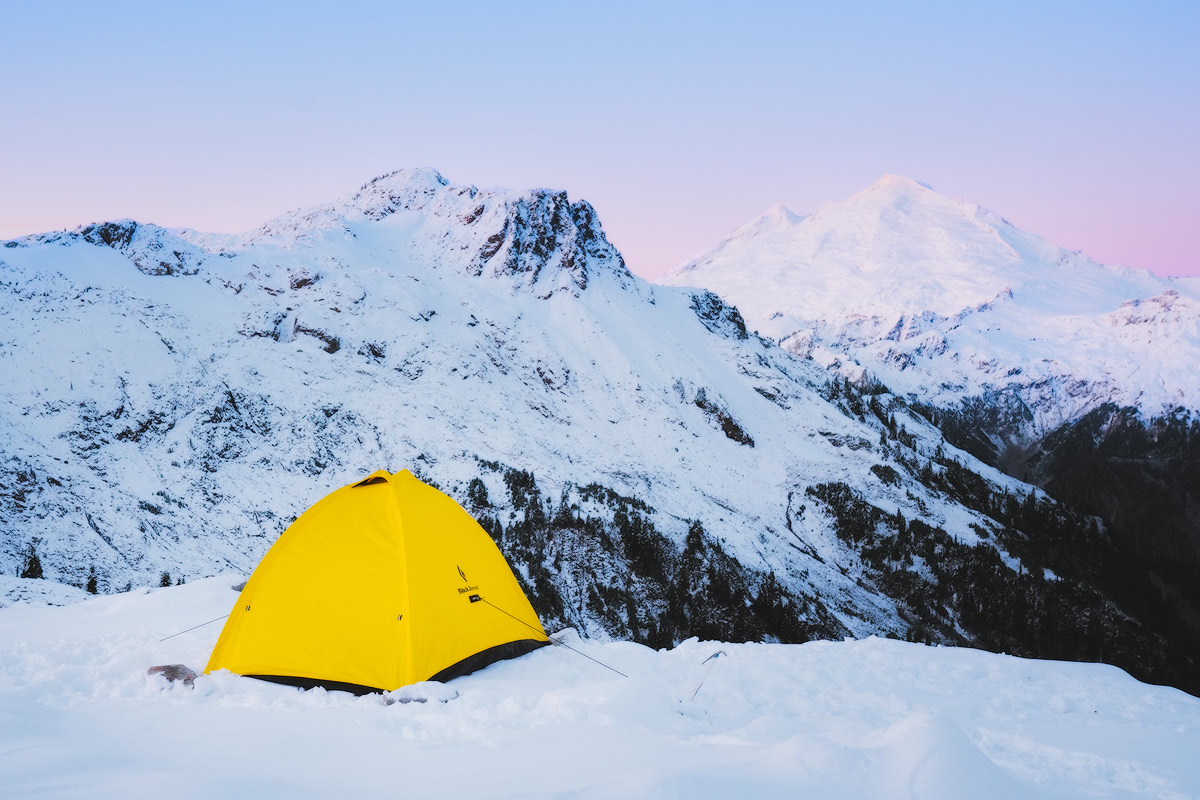
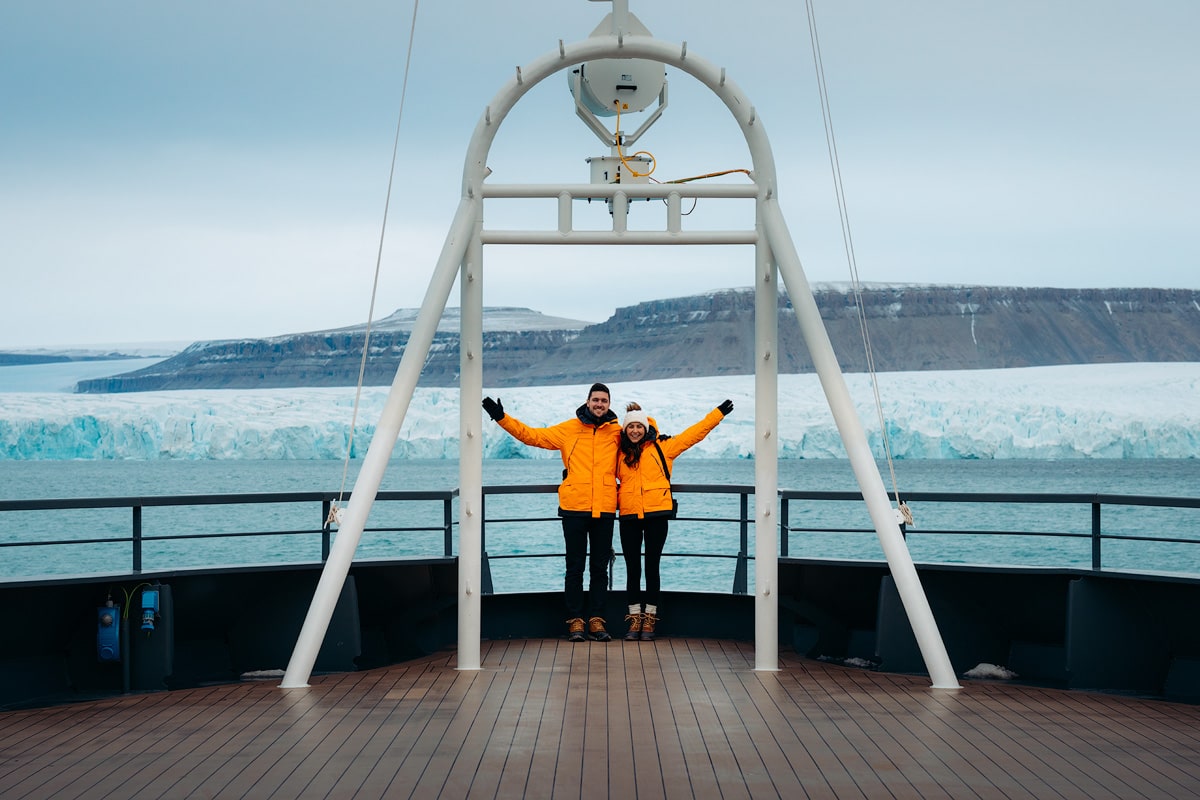
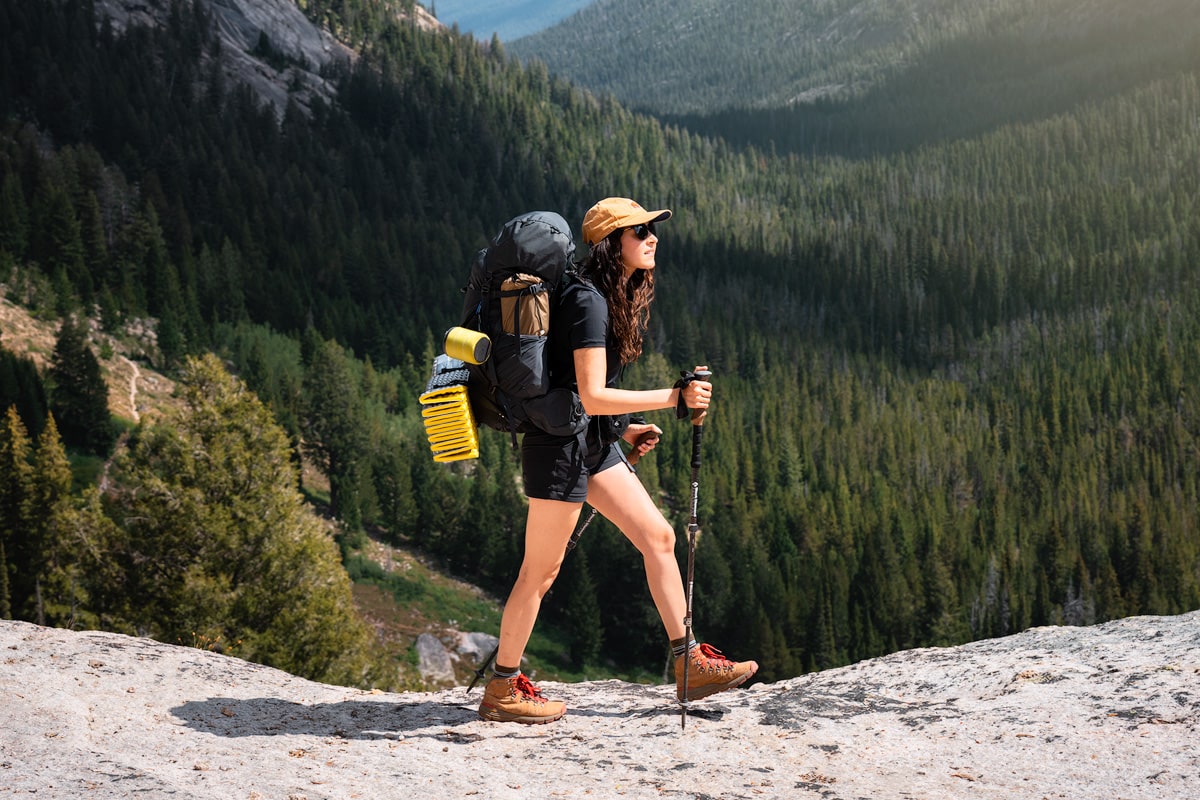
Looks so dangerous, I will learn to protect myself
I have a tremendous respect for the size and strength of brown bears as a result of my experience in Alaska, where I was able to observe them up close. I love them.
I now live in Washington, but I still haven’t come across one! I don’t want to, as I’m afraid I would just freeze. 🙁
this is a GREAT article. I have had very close encounters with bears (charged by a grizzly in Denali, getting within 10 feet of a bear eating berries in Montana, a grizzly walking towards me on a narrow path, etc etc etc) and the advice is spot on !!!! The one thing that I would put in bold letters is how fast you can get to the bear spray. My first bear encounter with a grizzly I had it clipped to my backpack, ran into a bear in a trail that I couldnt get off, I could not get the spray unclipped and had to do a Gandalph “though shall not pass” posture to a grizzly. Now, if I cant deploy the bear spray within 1/2 a second, then I consider it useless.
You’re so right, unless your bear spray is accessible immediately then it’s really not much help at all!
After seeing the Brown bears up close in Alaska, I have a profound respect for their size and power. I remember that hike to the bear viewing area to be my most anxious ever. I felt like I was at a super heightened awareness level. Thanks for all your great tips and amazing photos.
It really is an amazing feeling seeing bears in real life! I’m glad you got to experience it 🙂